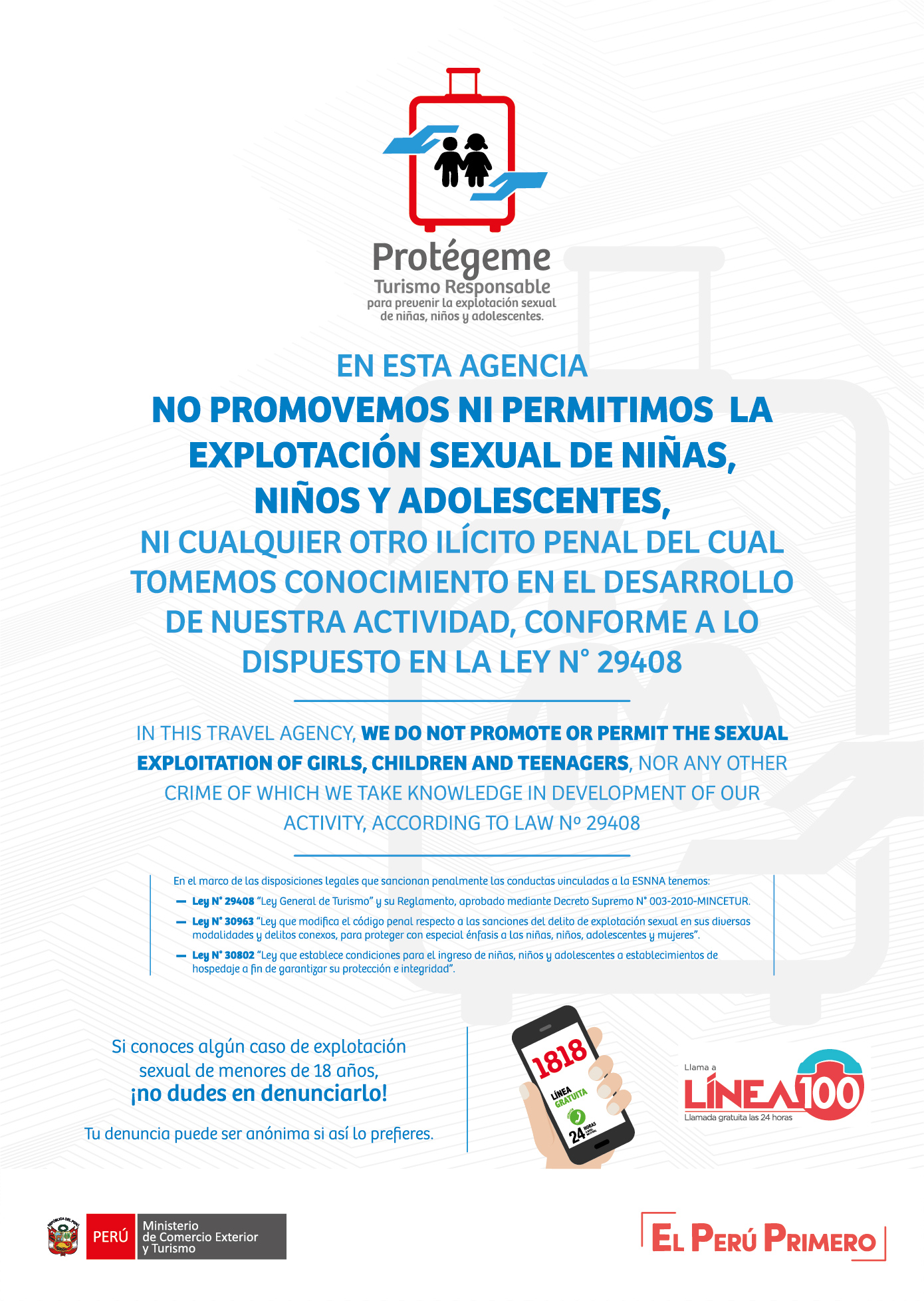Arequipa, considered one of the most beautiful cities in Peru, is known as the White City thanks to its elegant buildings made of sillar, a volcanic stone that gives it a unique character. The city lies at the foot of the imposing Misti, Chachani, and snow-capped Pichu Pichu volcanoes, creating a spectacular landscape that combines history and nature.
Its historic center, declared a World Heritage Site by UNESCO in 2000, is home to magnificent temples and colonial mansions in the Baroque Mestizo style, as well as the emblematic Monastery of Santa Catalina, a veritable miniature city with narrow stone streets, colorful courtyards, and charming squares.

Photo by alessandro_pinto on istockphoto
A few miles from the city, traditional destinations such as Sabandía offer an ideal rural setting for relaxation. In addition, just 3 hours and 45 minutes away is the impressive Colca Valley and Canyon, one of the most extraordinary landscapes in the country. This area is notable for its ancient pre-Inca terraces, still cultivated with quinoa, corn, barley, and wheat, and villages that preserve their cultural heritage, such as Yanque, Lari, and Madrigal, where the inhabitants keep their traditions and colorful traditional costumes alive.
The Colca Valley is also a perfect destination for adventure lovers, with activities such as trekking, mountain biking, and canoeing. At the famous Cruz del Cóndor, visitors can enjoy one of Peru’s most impressive natural spectacles: the majestic flight of the Andean condor. Arequipa is undoubtedly a destination that combines culture, nature, adventure, and tradition in an unforgettable experience.

Countless paths to travel and magical places to discover. Do not miss the news we have for you about our trips and destinations. 😉




